
What’s going on out on the land?

Identifying Skeletal Remains of a Common Loon
While out tracking with the Earth Tracks Widllife Tracking Apprenticeship along a stretch of beach at Lake Huron at Saugeen First Nation we came across the fairly decayed carcass of a medium sized bird...
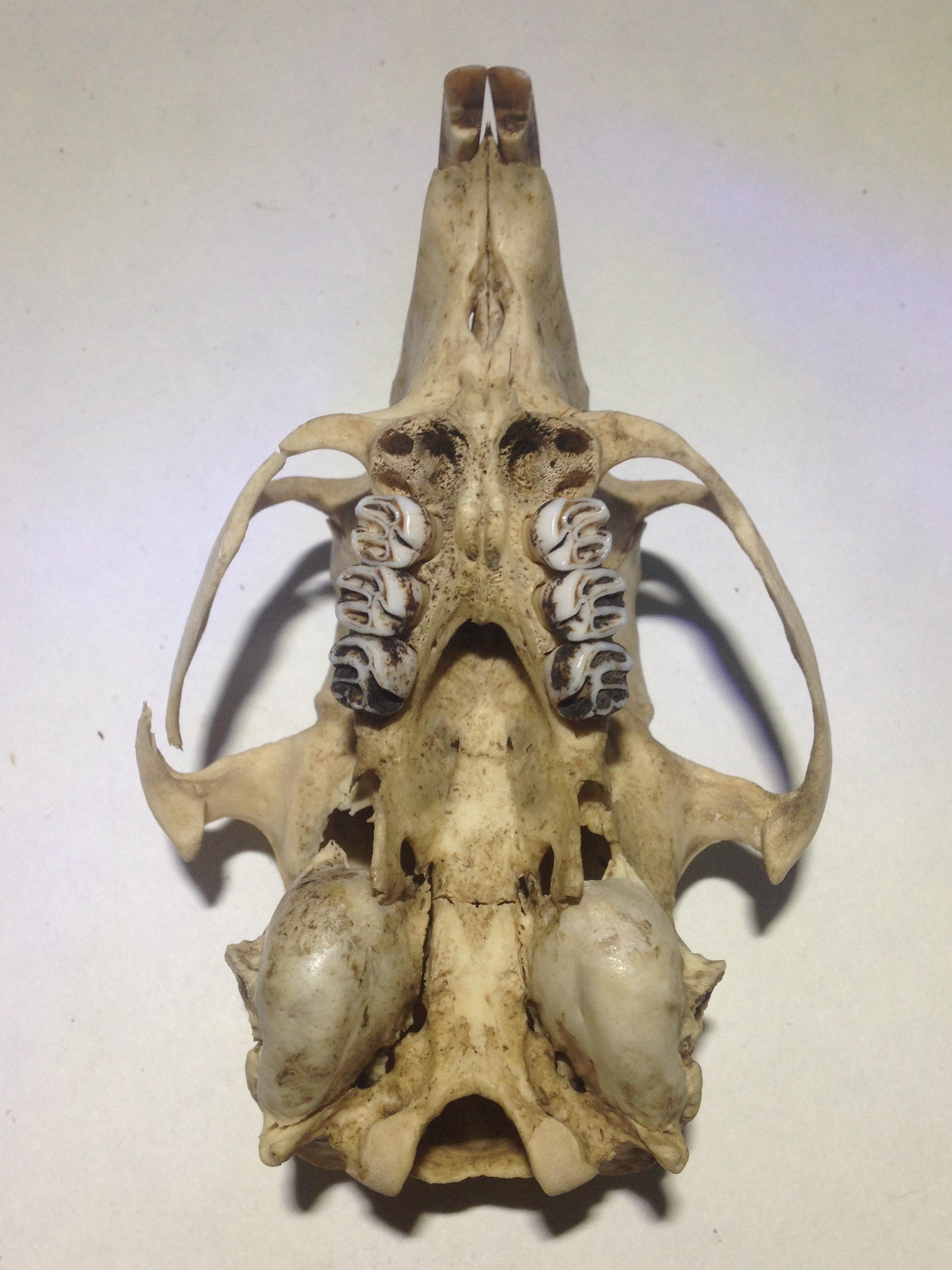
A Basic Guide to Non-Human Mammal Dentition
I am so grateful to have a partner who is willing to sift through my writing and show me things I have overlooked or left out. One of the things that was pointed out to me recently was that in a previous post I assume that folks know what I am talking about in regards to dental formula of Red Foxes and Coyotes. I knew I was bored of writing in the last one and didn’t want to side track too much, so I decided I would write a quick introduction to the teeth of mammals.

Determining The Difference Between Red Fox and Eastern Coyote Skulls
Today I went out to track White-tailed Deer and anyone else I might encounter. I went to the swampy Eastern White Cedar woodlands where I found a beautiful pair of antlers a couple of years ago in hopes that while out tracking the Deer I might come across another antler. Instead, when I walked into the low thickety edge of the darker Cedar woods, I found some bones and eventually a skull.
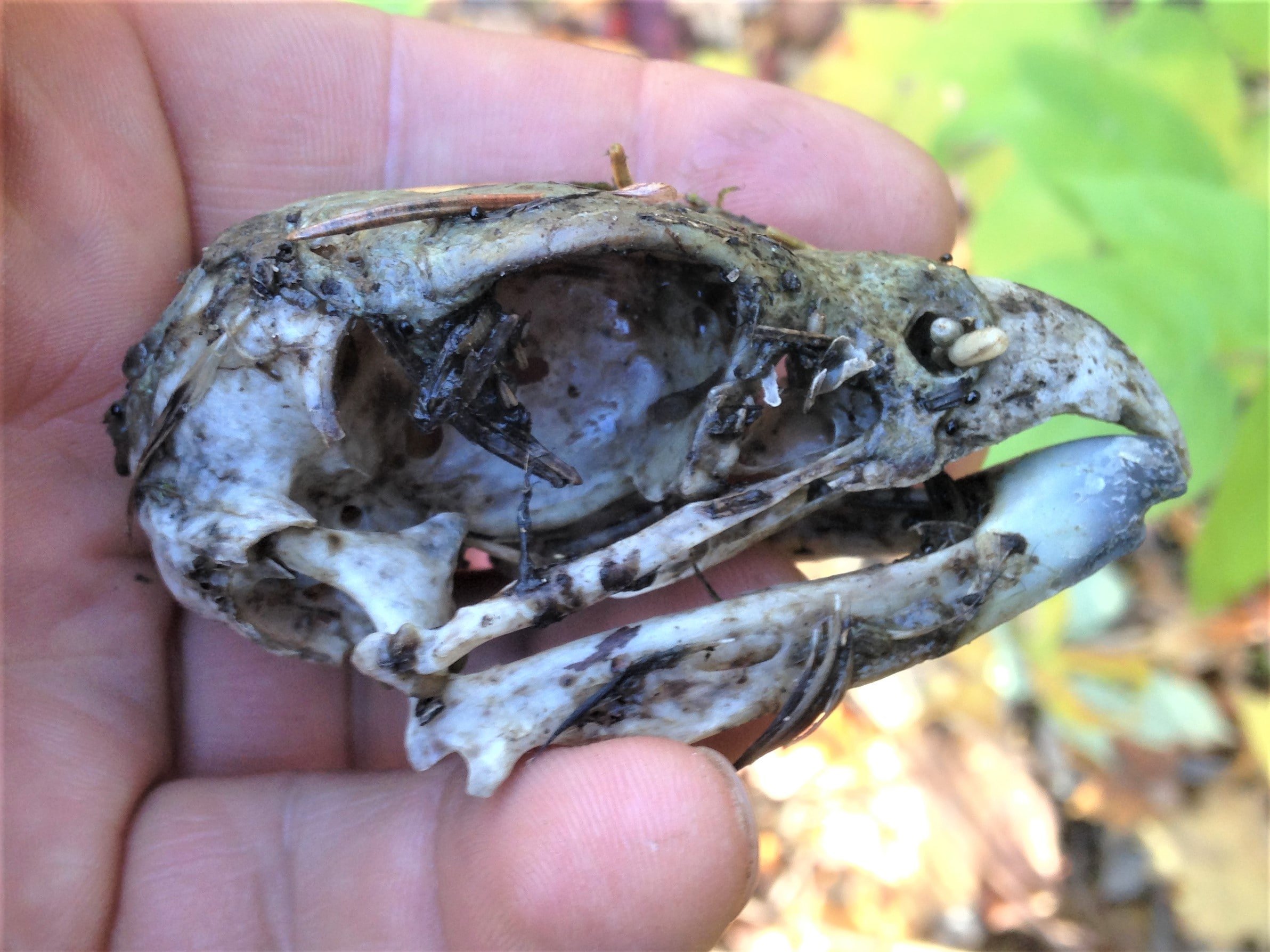
Along came a skull…
On Saturday October 29th, two days before the episode on my inappropriate appropriation of a Great Horned Owl skull aired, I drove to Mono Tract, North of Orangeville here in Ontario to pick up my partner from a day of learning about and harvesting roots from various species. I wasn’t there while they were doing this. Instead I was off at the Boyne Valley, still a little further North, trailing White-tailed Deer and looking for fungi, but when I arrived at the forest I was met with excitement about a skull.
As I came in, my friend handed me a small brown bag with a excited story about how they found a skull. I asked a couple of clarifying questions to seek out some basic answers, but things didn’t seem certain. I heard that there were talons, feathers, and some bones remaining, that the remains seemed maybe a couple weeks old, but aside from some guesses there was i.d. on whose skull it was and how it got there.
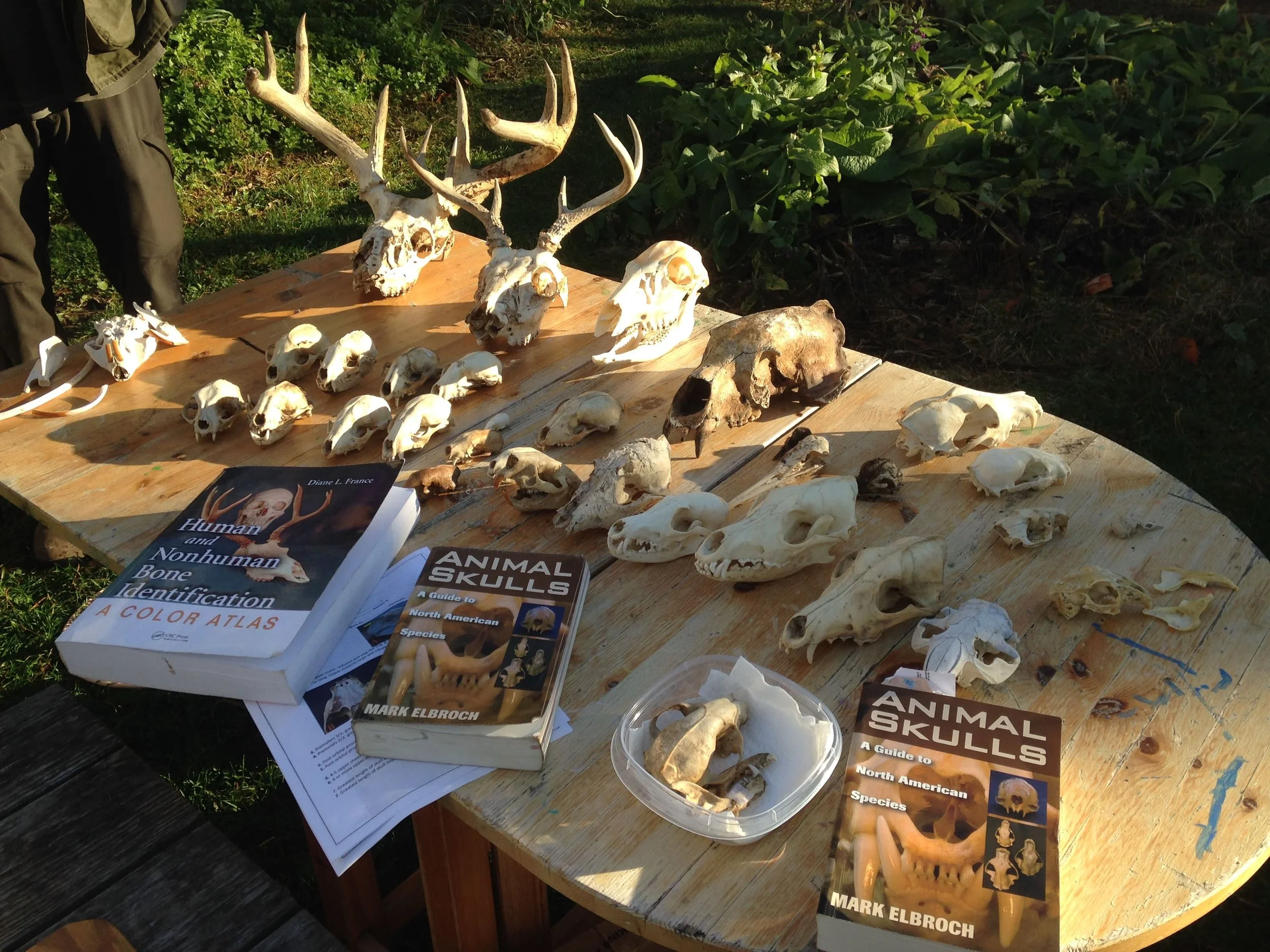
How To Clean A Skull
This past weekend with the EarthTracks Wildlife Tracking Apprenticeship I got to host a mini-workshop all about skulls. It was a chance to share some of my enthusiasm about the wonderful ecologies of a boney structure which hold, protect, support and enables our lives. Why not be in love with skulls?
One thing I wished I could have touched on more clearly and more eloquently for everyone was how to clean a skull, which is a question that comes up every time I bring out skulls in any of my programs. So in light of that questions, I decided to explain some of how I clean the skulls I find.
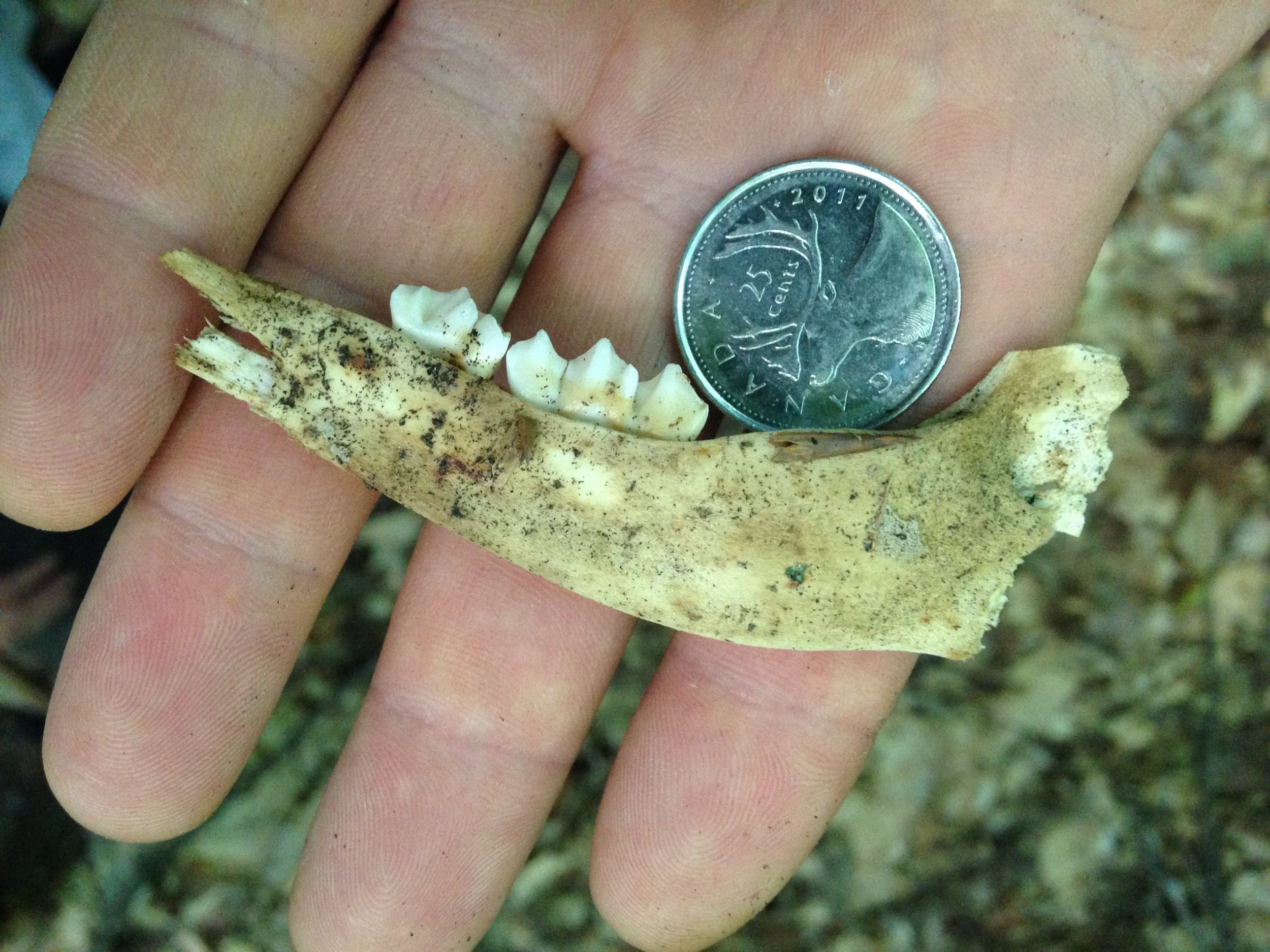
A mystery while tracking in Lake of Bays, 2022.08.13
The skill set of identifying a fresh trail with certainty in the jumbled quilt of the Summer forest floor is definitely an art and science with which I have little purchase… but a skill set that I do feel a growing confidence about is bone identification, and while making our way up the hill in the leaf little there was a small mandible laying fairly exposed with the lingual surface (the side which would be closest to the tongue in the living animal) facing the canopy.

Tracking journal 2021.10.09 pt. 1
Very shortly after we started out from the parking lot, I noticed the pale long form of what I first thought was a drowned Earthworm in a puddle on the gravel. I walked up and immediately recognized the scales as the underside (ventral) of a snake, but which snake? As I bent down to pick the snake out of the water I noticed they were very small. This narrowed it down a little in my mind and then confirmed as soon as I flipped the snake over.
Thus begins a fairly long and detailed account of the first half of our tracking meet up on October 9, 2021.
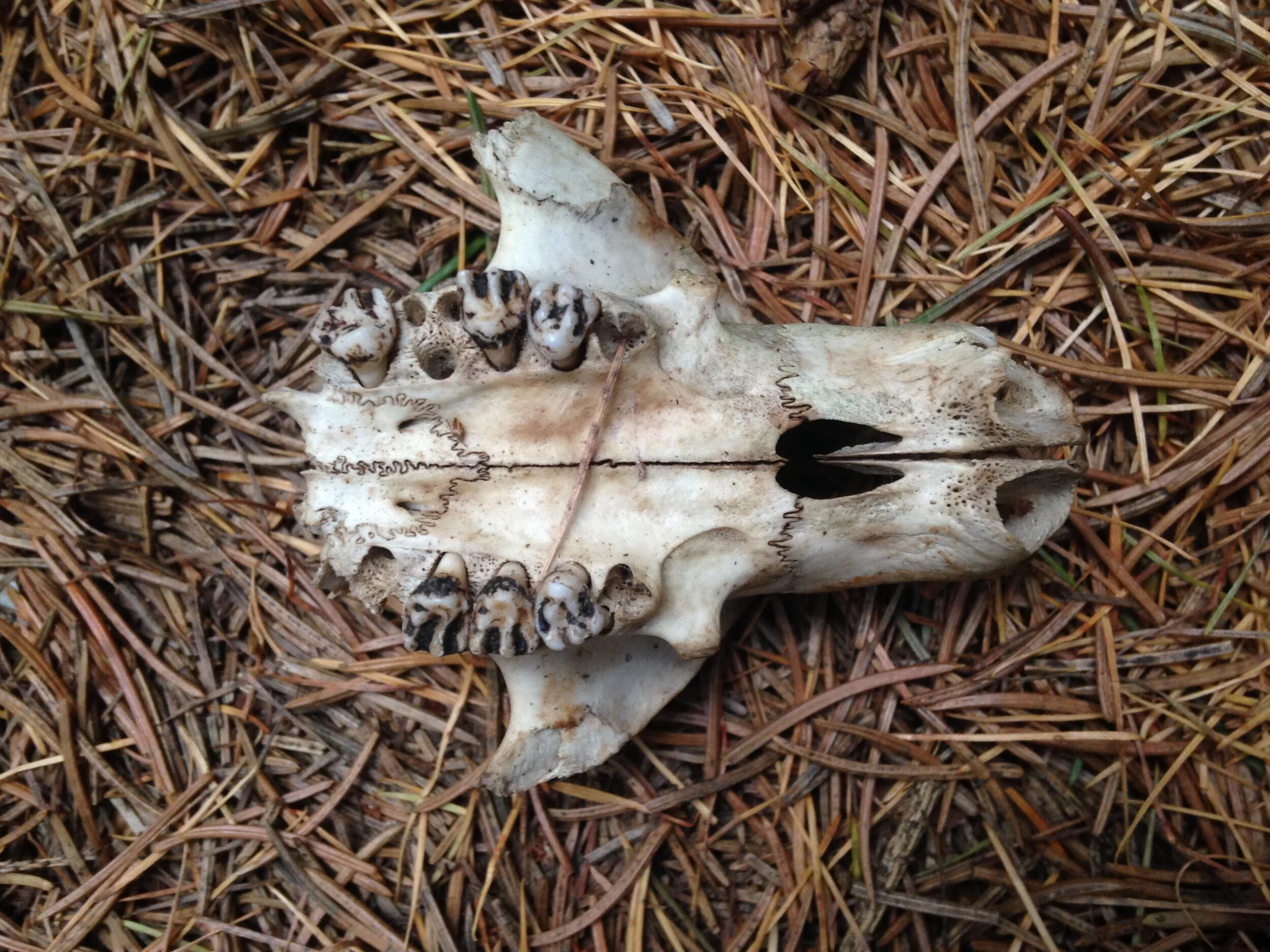
Exploring the Eramosa River Valley, Nov. 21, 2020
Today some pals and I went out for a couple of hours along the Eramosa River Valley. It’s always nice to explore the wilder edges of the common places we know, and even better with others. Others will see things I’d miss, and I may be able to contribute to the conversation with things I have been learning about. Together we get to know the land a little deeper, a little more thoroughly, every time we step out there.
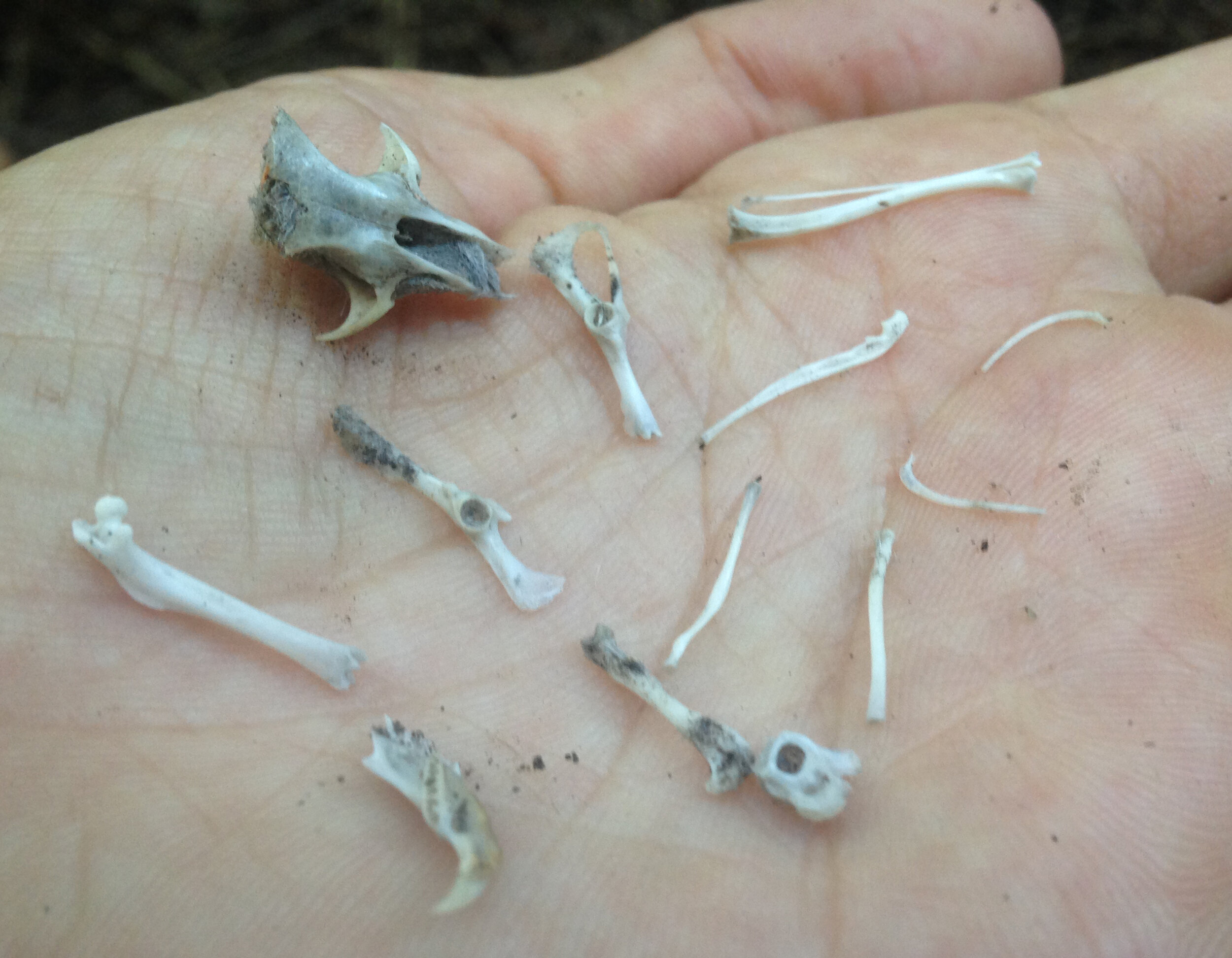
Truffles and the Muskrat Pond
I was sitting on top of the root dome, looking down over the shelf, peering into the soft muddy substrates below me while folks were figuring the story of the tracks out. While they investigated further, I looked around on top of where I was and was grateful that I did as I realized that I had narrowly avoided putting my hand in a moderate pile of Raccoon scat.
